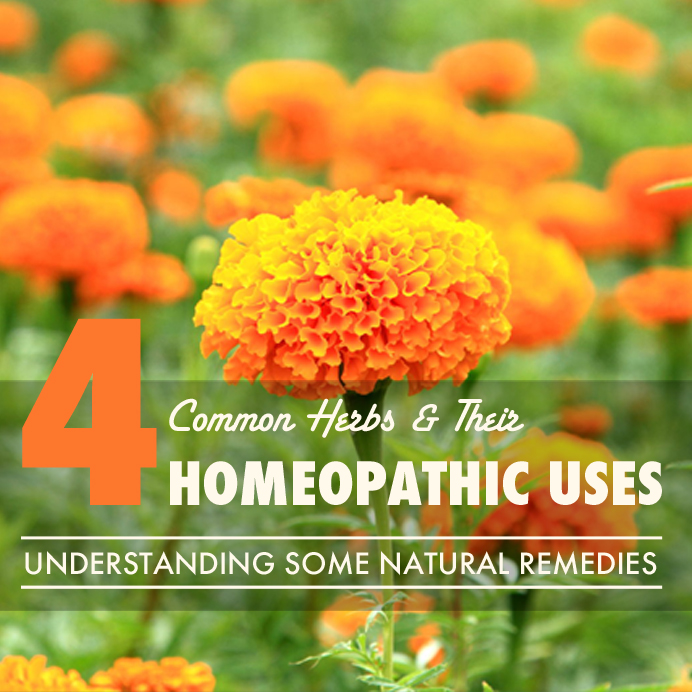Remedies are Prescribed Homeopathically
I commonly share with patients that remedies themselves are not homeopathic, they are prescribed homeopathically. A remedy sitting on the shelf is a potentized (diluted and succussed) preparation of most often an animal, mineral, or plant substance. The remedy is just a remedy until it is recommended for an individual based on the totality of the symptom picture. Then it becomes a remedy prescribed homeopathically for the holistic picture of the unique patient. This may seem like simple semantics, but I believe this concept is important for a patient wanting to undergo homeopathic treatment. The recommendation of the remedy based on the total picture is what sets homeopathy apart. It also helps to explain how certain herbal remedies can be used as a traditional herbal preparation and also as a remedy prescribed homeopathically. Here’s a few common herbal remedies and their homeopathic symptom picture.
Aloe
Aloe gel is an excellent topical aid for sun exposure. The Aloe juice is often consumed for the soothing gastrointestinal properties it possesses. When Aloe is used homeopathically, it is the digestive and bowel symptoms that most indicate the prescription. There is a heaviness in the abdomen and rectum. The GI area may feel heavy and full, with bloating. If the individual passes burning gas, there may be some relief with Aloe. There may be some concern with the passing of gas because the Aloe stool can come on suddenly and urgently. In fact, rectal insecurity is a key symptom. The stools themselves can be covered in mucus and also there may be pain or discomfort in the rectum after passing the stool.
Calendula
Calendula is the botanical name for the Marigold flower. It excels in both the herbal and homeopathic world as a support for healing wounds, ulcers, and other skin injuries. Calendula is often included in topical wound healing salves and works to help the skin granulate and close the injury. A Calendula cream is a great addition to a home first aid kit.
Hamamelis
Hamamelis is the botanical name for Witch-hazel. Botanically Hamamelis is an excellent astringent for the skin, helping the skin to constrict and tighten up. Astringents are commonly used on the face to help close pores and used in “medicated” wiping pads for working to shrink hemorrhoids. Taken homeopathically, Hamamelis is also often indicated for hemorrhoids, varicose veins, and other venous congestion concerns. The Hamamelis hemorrhoids protrude and there is an intense rawness in the anus. There can be itching at night and often constipation where the individual feels that they need to go yet the straining for a bowel movement is ineffectual.
Phytolacca
Phytolacca is a common plant in the Eastern United States, the common name is Poke Root, Poke Berry, or Pokeweed. Botanically, Phytolacca is an excellent lymphatic and is a often included in herbal immune formulas to address a sore throat. Phytolacca can be toxic and should only be used under the guidance of a Naturopathic Physician or a trained herbalist. A potentized preparation of Phytolacca has nearly no risk of toxicity and can be used safely when indicated homeopathically for an individual. The homeopathic indications can include glandular swelling and lymphatic pains. The pains are sore and bruised and generally feel as if they are all over the body. The patient may desire to move, but then will feel worse from the motion. If the patients has a sore throat, warm drinks often make the pain worse and can even cause choking. Cold drinks on the other hand may provide some relief.
Potentized homeopathic preparations of common botanical remedies often share similar indications. The homeopathic form allows these remedies to be used at home with a much higher safety profile than some of the toxic herbs allow. But the homeopathic indications are often much more narrow and can require a good deal of knowledge to find the best remedy for the individual. I wish you the best of luck for your home prescribing. ~Dr. Swanz
 Dr. Peter Swanz received his Doctorate of Naturopathic Medicine Degree from the Southwest College of Naturopathic Medicine in Tempe, AZ.
Dr. Peter Swanz received his Doctorate of Naturopathic Medicine Degree from the Southwest College of Naturopathic Medicine in Tempe, AZ.
Dr. Swanz was awarded the prestigious Daphne Blayden award for his commitment to Naturopathic Medicine, Academic Excellence, Compassion, Perseverance, a Loving Sense of Humor and a Positive, Supportive Outlook by his colleagues and staff at SCNM.
He is a Board Certified Naturopathic Physician with advanced training in classical homeopathy and nutrition. Dr. Swanz is a Fellow of the Homeopathic Association of the Naturopathic Physicians. He currently supports individuals on the journey to health through his Vital Force Naturopathy practice, integrating the best of his conventional and holistic medical training. Dr. Swanz specializes in homeopathy, pediatrics and family medicine. He is passionate about healing and is driven by the desire to see all people be the most healthy individual they can be.




